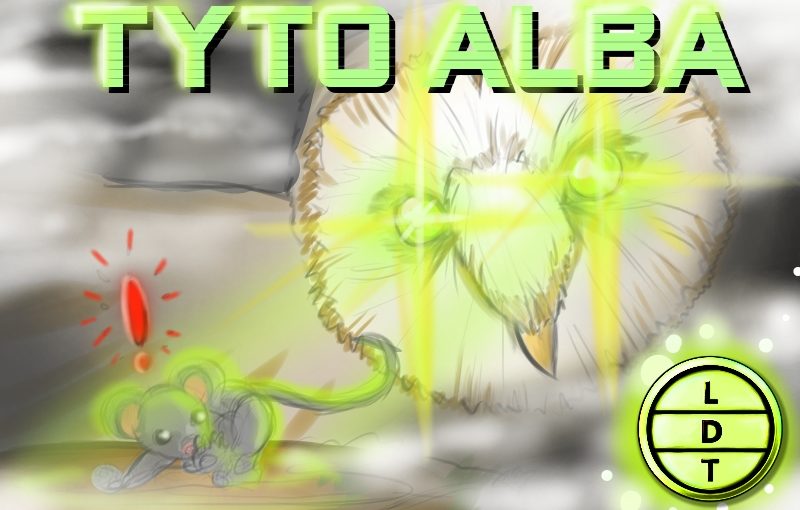“…And today we’re talking about sneak flying fluff with the face of an adorable ghost.”
Intro
A predator needs to be fast. The ever-alert prey of the fields and forests always have an ear and eye out for potential threats. If you’re not fast, there’s only one thing you can do, fly under the radar of those ears and eyes. Barn owls have adapted to forgo speed in favor of stealth. But how can they fly through the forest without being seen or heard by vigilant vermin? Defying the laws of aerodynamics is what it takes to catch a quick meal, in Life, Death, and Taxonomy.
Measure Up
Wingspan – 80 to 95 cm (31 to 37 in) but can go up to 105 cm or 3.4 ft – 87.5 cm (34.4) – How many barn owl wingspans go into the wingspan of the Antonov an-225, the largest plane in the world? 101 owlspans!
Weight – 224 to 710 g (7.9 to 25.0 oz) – How much heavier is a barn owl than a vole, it’s favorite meal? Common voles are nearly an ounce, so more than 16 times heavier (16.78 oz).
Top Speed – 80 km/h (50mph) – How fast is it compared to the Hennessey Venom F5, one of the fastest cars in the world? The F5 reaches speeds of 301 mph, which is six times faster than a barn owl.
Major Fact
Anyone who’s ever startled a pigeon knows that wings make flapping sounds when they fly through the air. Even stable, aerodynamic objects make sounds when they fly through the air, like bullets. But studies have measured the sound owls make when they fly through the air and it’s nearly completely silent. This allows them to hunt and ambush prey and hear subtle noises in the dark mid-flight. Multiple features come together to make this possible.
Wing Anatomy
They have broad wings. Their wings are broad from their primary to their secondary coverts. This surface area absorbs more sound. Also, this lets them float through the air without flapping. The larger the bird, the fewer the flaps. This also helps conserve energy. One wing beat gets a barn owl farther than other birds. All it takes is subtle wing movements to maintain flight and correct direction.
Their feathers are unique.
Feathers are soft and velvety which reduces turbulence and dampens sound. As the feathers move together during flight, it’s like the difference between rubbing two blankets together vs rubbing pieces of paper together. Loose some aerodynamics and gain silence. Primary feathers at the leading edge of the wing have a comb-like serrated edge. This breaks up air as it slips past the owl, stopping any whooshing sound. The back edge of secondary feathers also have a frayed edge like an old flag on a car’s antenna. This breaks up the air even more.
All this makes owls slower, but you don’t need to be fast if no one hears you coming.
Sources:
https://animals.howstuffworks.com/birds/owl-fly-silently1.htm
https://www.youtube.com/watch?v=a68fIQzaDBY
Outro
That’s a wrap on the first episode of season four! You know… silence may work for the barn owl but we’d really like to hear from you! Leave a review and engage with us on facebook and twitter! You can find us at LDTaxonomy everywhere. And… speaking of downy body coverings, we have sweet new merch in the form of t-shirts! Check them out along with mugs, laptop cases, and tapestries by clicking the link in the description! We look forward to this next season of LDT and we hope you do to! Thanks for listening!

